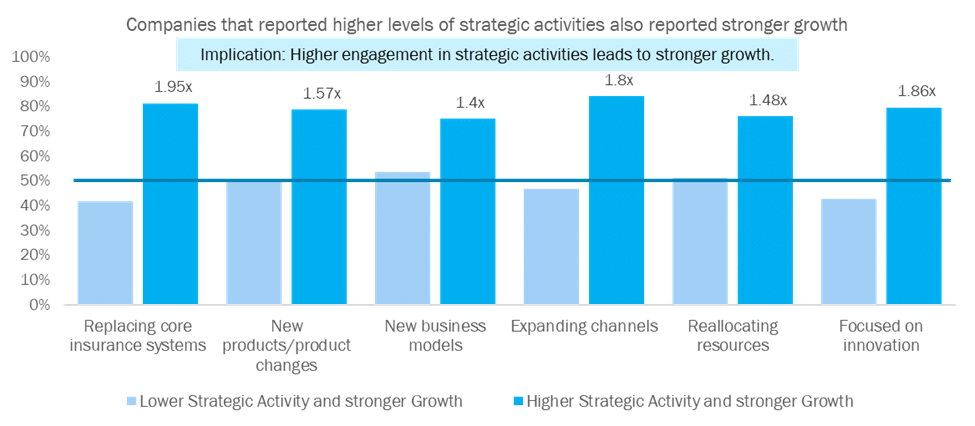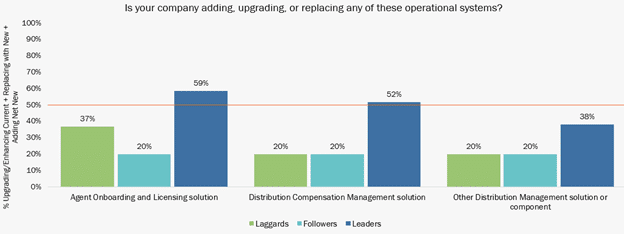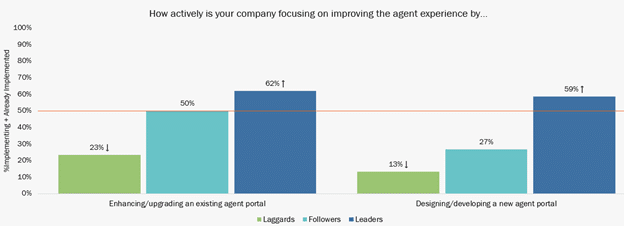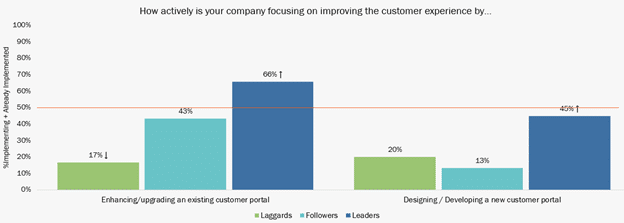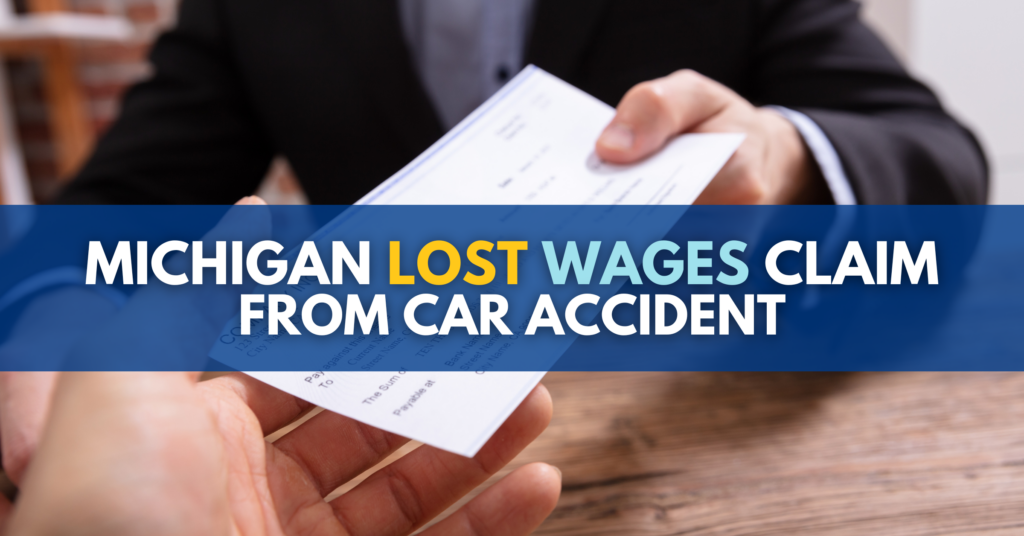Pet insurance for dogs is becoming increasingly popular among pet owners. This is not surprising considering the rising costs of veterinary care and the desire to provide the best possible healthcare for furry family members. In this article, we will explore the importance of pet insurance, the key features to look for in a plan, the top providers in the market, how to choose the right insurance for your dog, real stories from pet owners, and frequently asked questions about pet insurance.
Understanding the Importance of Pet Insurance
Why You Need Pet Insurance for Your Dog
Owning a dog brings immense joy and companionship, but it also comes with responsibilities, including their healthcare. Dogs, just like humans, can get sick or injured, and their medical needs can become a financial burden. Pet insurance provides you with the peace of mind that comes from knowing you can afford the necessary care for your furry friend.
When you bring a new dog into your home, it’s important to consider their overall well-being. Regular veterinary check-ups and vaccinations are essential for maintaining their health. However, these routine expenses can quickly add up over time. Pet insurance helps alleviate the financial strain by covering a portion or all of these costs, depending on the policy you choose.
But what about emergencies? Accidents can happen at any time, and when they do, it’s crucial to have the means to provide immediate medical attention for your dog. Whether it’s a broken bone, ingested foreign object, or sudden illness, emergency veterinary care can be expensive. Pet insurance ensures that you can make decisions based on your dog’s well-being rather than your financial situation.
The Financial Implications of Pet Health Care
While it’s impossible to predict when your dog will need medical attention, it’s crucial to understand the potential financial implications. An unexpected illness or injury can lead to significant veterinary bills, which can be difficult to manage without insurance.
Consider a scenario where your dog develops a chronic condition that requires ongoing treatment and medication. Without insurance, the cost of these long-term treatments can become overwhelming. It may force you to make difficult decisions about your dog’s care, potentially compromising their quality of life.
With pet insurance, you pay a monthly premium, which can vary depending on factors such as your dog’s breed, age, and the coverage options you choose. However, the cost of insurance is typically much lower than the potential cost of treating a serious condition or injury out of pocket. Investing in pet insurance can save you from having to make difficult decisions based on your financial situation, ensuring your dog receives the necessary care when they need it most.
Furthermore, pet insurance not only covers medical expenses but can also provide additional benefits. Some policies offer coverage for alternative therapies, behavioral training, and even boarding fees in case you are unable to care for your dog temporarily. These added benefits can further enhance your dog’s overall well-being and provide you with peace of mind.
In conclusion, pet insurance is a vital investment for every dog owner. It offers financial protection and allows you to prioritize your dog’s health without worrying about the cost. Whether it’s routine check-ups, emergency care, or long-term treatments, pet insurance ensures that you can provide the best possible care for your furry friend throughout their life.
Enter your ZIP code below to view companies that have cheap insurance rates.

 Secured with SHA-256 Encryption
Secured with SHA-256 Encryption
Key Features of a Good Pet Insurance Plan
When considering pet insurance for your dog, it’s important to evaluate the coverage options offered by different providers. A comprehensive plan should cover accidents, illnesses, and hereditary conditions. Look for coverage that includes diagnostic tests, surgeries, hospitalization, and prescription medications. Additionally, some plans offer coverage for alternative therapies, rehabilitation, and even behavioral treatments.
Having a pet is a significant responsibility, and ensuring their health and well-being is essential. Just like humans, pets can also experience accidents and illnesses that require medical attention. This is where pet insurance comes in handy. It provides financial protection and peace of mind, knowing that your furry friend will receive the necessary care without breaking the bank.
Read the policy carefully to understand any exclusions or limitations. Some conditions, such as pre-existing conditions or breed-specific health issues, may not be covered. Make sure to choose a plan that suits your dog’s specific needs and potential health risks.
Imagine this scenario: your dog is running around the park, chasing after a ball, when suddenly, they trip and injure their leg. Without pet insurance, you may find yourself faced with a hefty veterinary bill. However, with the right coverage, you can rest assured that your dog’s medical expenses will be taken care of, allowing them to recover quickly and get back to their playful self.
Deductibles and Premiums
When comparing pet insurance plans, consider both the deductibles and premiums. The deductible is the amount you need to pay before the insurance coverage kicks in. A higher deductible typically results in a lower monthly premium, while a lower deductible means higher monthly premiums.
Choosing the right deductible and premium combination requires careful consideration. It’s important to assess your financial situation and determine how much you are willing to pay out of pocket before the insurance coverage begins. Factors such as your dog’s age, breed, and potential health risks should also be taken into account.
For example, if you have a young and healthy dog, you may opt for a higher deductible and lower premium since the likelihood of needing immediate medical attention is relatively low. On the other hand, if you have an older dog or a breed prone to certain health conditions, a lower deductible and higher premium may be a better choice to ensure comprehensive coverage.
Limitations and Exclusions
Every pet insurance plan has limitations and exclusions. While it’s essential to have coverage for accidents, illnesses, and hereditary conditions, make sure to review the policy to understand any specific exclusions. Some common exclusions include pre-existing conditions, breeding costs, cosmetic procedures, and elective treatments.
Understanding the limitations and exclusions of a policy will help you make an informed decision about the coverage that best suits your dog’s needs and your budget. Remember, no pet insurance plan covers everything, but finding one that covers the most critical aspects is crucial.
Imagine discovering that your dog has a pre-existing condition that requires ongoing treatment. In such a case, it’s important to choose a pet insurance plan that offers coverage for pre-existing conditions or at least provides partial coverage. This way, you can ensure that your dog receives the necessary care without having to bear the entire financial burden.
Furthermore, some pet insurance plans offer additional benefits such as coverage for routine wellness visits, vaccinations, and even dental care. These extras can be valuable in maintaining your dog’s overall health and preventing potential issues from arising.
As a responsible pet owner, it’s crucial to consider all aspects of a pet insurance plan before making a decision. Take the time to compare different providers, read policy details, and assess your dog’s specific needs. By doing so, you can find a pet insurance plan that offers the right coverage, deductibles, and premiums to ensure your furry friend’s well-being for years to come.
Top Pet Insurance Providers for Dogs
When it comes to protecting your furry friend, finding the right pet insurance provider is essential. With so many options available, it can be overwhelming to choose the best one for your dog’s needs. To help you in your search, we have compiled a list of the top pet insurance providers for dogs. Read on to learn more about each provider and what sets them apart.
Provider 1 Review
Provider 1 is a top choice for dog owners seeking comprehensive pet insurance coverage. Their plans go above and beyond, offering protection for accidents, illnesses, hereditary conditions, and even behavioral treatments. This means that no matter what health issue your dog may face, Provider 1 has got you covered.
One of the standout features of Provider 1 is their extensive network of trusted veterinarians. This network ensures that you can easily access high-quality care for your furry friend. Whether you need a routine check-up or specialized treatment, you can rest assured that your dog will receive the best care possible.
In addition to their comprehensive coverage, Provider 1 also offers competitive premiums and flexible coverage options. This means that you can find a plan that fits your budget while still ensuring that your dog’s health care needs are met. It’s no wonder that Provider 1 is a popular choice among dog owners.
Provider 2 Review
Provider 2 is another top contender in the pet insurance industry, known for its excellent customer service and prompt claim processing. When it comes to protecting your dog, having a provider that is responsive and efficient is crucial.
What sets Provider 2 apart is its range of coverage options. They understand that every dog is unique and has different health care needs. That’s why they offer a variety of plans, allowing you to customize coverage that suits your dog’s specific requirements. From basic accident coverage to comprehensive plans that include routine care, Provider 2 has options for every budget.
Another advantage of choosing Provider 2 is their extensive network of veterinarians. This network ensures that your dog will have access to the best care available. Whether you live in a bustling city or a remote area, Provider 2 has you covered.
Provider 3 Review
Provider 3 is a standout choice for dog owners who value straightforward policies and transparent communication. They understand that pet insurance can sometimes be confusing, which is why they strive to make everything as clear and simple as possible.
When it comes to coverage, Provider 3 offers comprehensive protection for accidents, illnesses, and hereditary conditions. This means that you can have peace of mind knowing that your dog’s health care needs are fully taken care of.
In addition to their standard coverage, Provider 3 also offers optional add-ons for routine care and alternative therapies. This means that you can tailor your policy to include the specific treatments and services that your dog may need. With Provider 3, you have the flexibility to create a plan that suits your dog’s unique requirements.
Managing your pet insurance policy and filing claims is a breeze with Provider 3’s user-friendly online portal. They understand that your time is valuable, so they have made it easy for you to access and manage your policy information. This streamlined process ensures that you can focus on what matters most – taking care of your beloved dog.
Now that you have a better understanding of the top pet insurance providers for dogs, you can make an informed decision about which one is right for you and your furry friend. Remember, investing in pet insurance is a proactive way to protect your dog’s health and well-being, giving you peace of mind for the future.
How to Choose the Right Pet Insurance for Your Dog
Choosing the right pet insurance for your dog is an important decision that can provide peace of mind and financial security. While the given information provides a good starting point, there are several additional factors to consider when selecting a plan.
Consider Your Dog’s Breed and Age
Different dog breeds have varying health risks, and age plays a significant role in your dog’s insurance needs. It is essential to research and understand any breed-specific health issues and potential hereditary conditions. For example, large breeds like Great Danes may be more prone to hip dysplasia, while small breeds like Chihuahuas may have dental problems. By considering these factors, you can choose a plan that covers the specific health concerns of your dog’s breed.
Furthermore, puppies and senior dogs may require additional coverage as they are more susceptible to accidents and illnesses. Puppies, in their playful nature, may be more prone to accidents, while senior dogs may develop age-related conditions that require ongoing care. It is crucial to select a plan that aligns with your dog’s unique needs at different stages of their life.
Evaluate Your Financial Situation
Assessing your financial situation is vital when choosing pet insurance. It is essential to determine how much you can comfortably spend on your dog’s healthcare without straining your budget. Take into account your monthly expenses and the potential costs of treatment and medication without insurance.
When evaluating different plans, consider the deductible and premium combination that works best for you. A lower deductible may result in higher monthly premiums, while a higher deductible may lower your monthly costs but increase your out-of-pocket expenses in case of a claim. It is crucial to strike a balance that ensures you can afford both the monthly payments and any potential out-of-pocket expenses.
Understand Your Dog’s Health Needs
Understanding your dog’s health needs is essential to choose the most suitable pet insurance plan. Consider your dog’s overall health and any pre-existing conditions they may have. If your dog has a chronic condition, such as allergies or arthritis, make sure the policy covers ongoing treatment and medication for that specific condition.
Additionally, take into account your dog’s lifestyle and daily activities. If your dog is highly active or participates in sports like agility or flyball, they may have a higher risk of injuries. In such cases, it is crucial to evaluate coverage options that include accidents and injuries. Similarly, if your dog spends a lot of time outdoors or in environments where they may be exposed to potential risks like ticks or parasites, consider a plan that covers preventive care and vaccinations.
Ultimately, choosing the right pet insurance for your dog requires careful consideration of their breed, age, financial situation, and health needs. By taking the time to research and evaluate different plans, you can make an informed decision that provides the best possible coverage and protection for your beloved furry friend.
Enter your ZIP code below to view companies that have cheap insurance rates.

 Secured with SHA-256 Encryption
Secured with SHA-256 Encryption
Real Stories: Pet Owners and Their Experience with Pet Insurance
Story 1
One pet owner, Sarah, shares her experience with pet insurance. She adopted a rescue dog with unknown medical history. Within a few months, her dog developed a congenital heart condition that required ongoing treatment and medication. Sarah’s pet insurance plan covered the majority of the expenses, enabling her to provide the best possible care for her beloved dog without worrying about the financial burden.
Story 2
Mark, another pet owner, faced a traumatic accident when his dog was hit by a car. Thanks to his pet insurance plan, Mark was able to rush his dog to the emergency veterinarian without any hesitation. The insurance covered the surgery, medications, and follow-up visits, which helped his dog recover fully. Mark is grateful for the peace of mind that pet insurance provided during a difficult time.
Frequently Asked Questions About Pet Insurance for Dogs
Is Pet Insurance Worth It?
While the decision to invest in pet insurance ultimately rests with each pet owner, it is generally considered worth it. Pet insurance provides financial protection against unexpected medical expenses and ensures that your dog can receive proper care when needed. By having insurance, you can make medical decisions for your dog based on what’s best for their health rather than being limited by financial constraints.
What Does Pet Insurance Typically Cover?
Most pet insurance plans cover accidents, illnesses, and hereditary conditions. This includes diagnostic tests, surgeries, hospitalization, and medications. However, it’s important to review the policy carefully to understand any exclusions or limitations. Routine care, such as vaccinations and preventive treatments, may require additional coverage or be offered as optional add-ons.
How Does Pet Insurance Work?
After choosing a pet insurance plan, you pay a monthly premium. When your dog requires medical care, you pay the veterinary bill upfront. Afterward, you submit a claim to your insurance provider, along with any necessary documentation. Once the claim is processed, you will be reimbursed for the covered expenses according to the terms of your plan. The reimbursement process may vary depending on the provider, so it’s essential to familiarize yourself with the specific procedures outlined by your chosen insurance company.
In conclusion, pet insurance for dogs is a valuable investment that provides financial protection and peace of mind. Understanding the importance of pet insurance, considering key features of a good plan, researching top providers, and taking into account your dog’s specific needs will help you make an informed decision. Real stories from pet owners and answers to frequently asked questions provide further insight into the benefits and workings of pet insurance. By choosing the right pet insurance for your dogs, you can ensure they receive the best possible care without the added stress of overwhelming veterinary expenses.
Frequently Asked Questions
What is pet insurance for dogs?
Pet insurance for dogs is a type of insurance policy that helps cover the cost of veterinary care for your furry friend. It provides financial protection in case your dog gets injured or becomes ill.
Why is it important to have pet insurance for dogs?
Having pet insurance for dogs is important because it can help you afford the necessary medical treatments for your dog without worrying about the cost. It ensures that your dog receives the best care possible when they need it the most.
What does the term “best pet insurance for dogs” mean?
The term “best pet insurance for dogs” refers to insurance policies that are highly rated and provide comprehensive coverage for your dog’s healthcare needs. It typically includes coverage for accidents, illnesses, surgeries, medications, and other veterinary services.
How do I choose the best pet insurance for my dog?
When choosing the best pet insurance for your dog, consider factors such as coverage options, cost, deductible, reimbursement percentage, waiting periods, and customer reviews. It’s important to compare different insurance providers and their policies to find the one that suits your dog’s needs and your budget.
What factors should I consider when comparing pet insurance policies for dogs?
When comparing pet insurance policies for dogs, consider factors such as coverage limits, exclusions, pre-existing conditions, waiting periods, reimbursement methods, customer service, and the overall reputation of the insurance provider. These factors will help you determine which policy offers the best value for your dog’s healthcare needs.
Can I get pet insurance for an older dog?
Yes, you can get pet insurance for an older dog. However, some insurance providers may have age restrictions or higher premiums for older dogs. It’s important to check with different insurance companies to find one that offers coverage for your dog’s age group.
Enter your ZIP code below to view companies that have cheap insurance rates.

 Secured with SHA-256 Encryption
Secured with SHA-256 Encryption
Written by:
Chris Huntley
Founder & Published Insurance Expert
I started Insurance Blog by Chris™ because I have a passion for insurance. Here at the blog, our job is to educate and inform people about the best insurance for them.
Since then, we have grown into national brands with a large team of researchers helping people understand all forms of insurance.
Founder & Published Insurance Expert
Reviewed by:
Kristen Gryglik
Licensed Insurance Agent
Kristen is a licensed insurance agent working in the greater Boston area. She has over 20 years of experience counseling individuals and businesses on which insurance policies best fit their needs and budgets. She knows everyone has their own unique needs and circumstances, and she is passionate about counseling others on which policy is right for them.
Licensed in Massachusetts, New Hampshire,…
Editorial Guidelines: We are a free online resource for anyone interested in learning more about insurance. Our goal is to be an objective, third-party resource for everything insurance related. We update our site regularly, and all content is reviewed by insurance experts.



